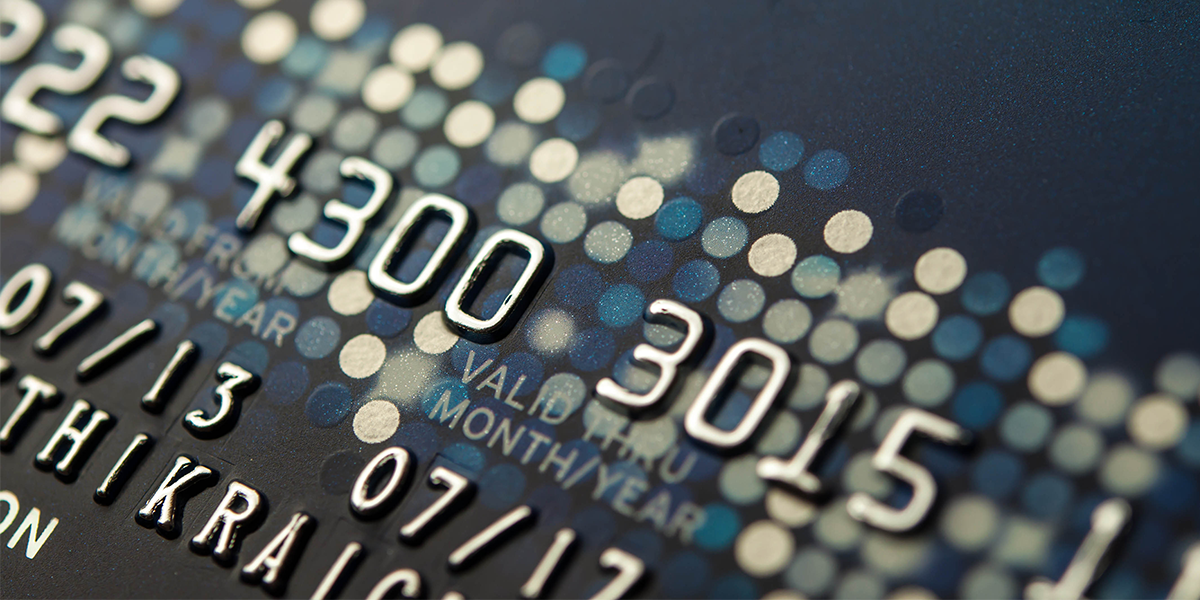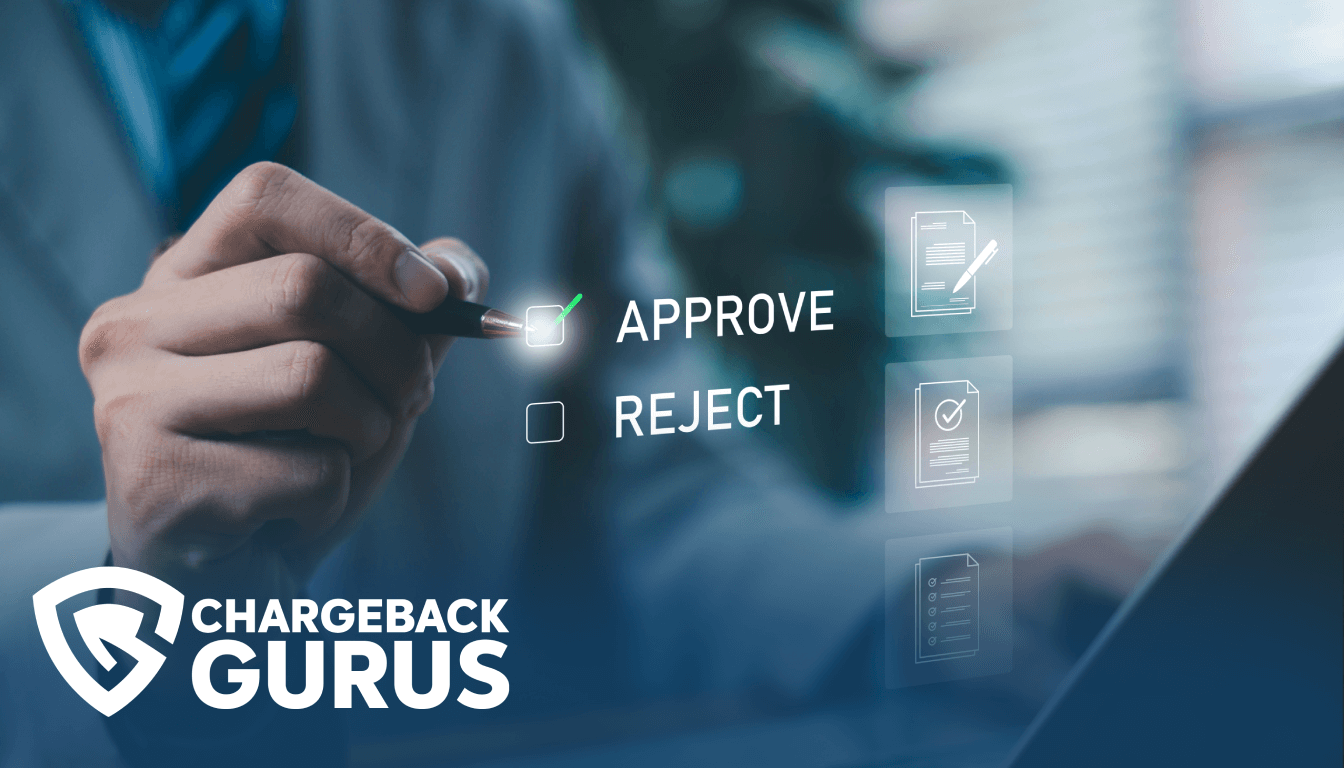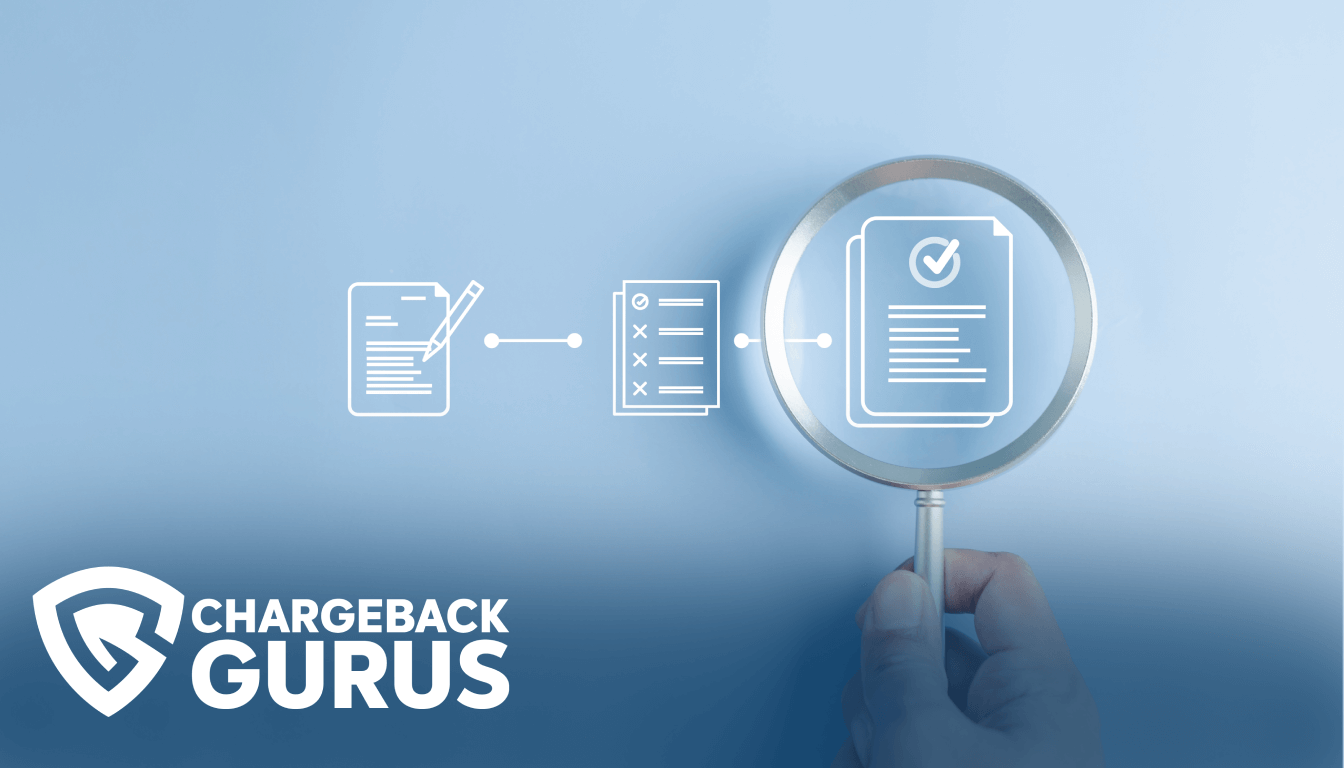American Express Chargeback Reason Code F10: Fraud

Table of Contents
- What is American Express chargeback reason code F10?
- What causes code F10 chargebacks?
- What's the time limit for responding to a code F10 chargeback?
- How can merchants fight code F10 chargebacks?
- How can merchants prevent code F10 chargebacks?
- About American Express chargeback reason codes
Merchants who receive a chargeback for a transaction placed with an American Express card may encounter reason code F10, which indicates an unauthorized transaction that the cardholder does not believe they should be responsible for paying. The actual underlying cause of this chargeback may be true fraud, friendly fraud, or merchant error. Merchants who believe they have received an invalid chargeback under reason code F10 may be able to represent the transaction and reverse the chargeback with the right compelling evidence.
What is American Express chargeback reason code F10?
American Express chargeback reason code F10 falls under the “Fraud” category. This chargeback reason code applies when a merchant processes a transaction without using the magnetic stripe or EMV card chip data, and the cardholder claims that they did not participate in the purchase.
The description, missing imprint, is a reference to the old way of running a credit card transaction by making a physical imprint of the raised account numbers and letters on the card on carbon paper. In a contemporary context, “imprint” can refer to the information the merchant takes from the card’s magnetic stripe or EMV chip.
Taking an imprint proves that the actual card was present during the transaction, and if a merchant runs a transaction in a card-present environment without taking an imprint of the card in some fashion, it may be the case that no card was present and the transaction was carried out with stolen payment credentials.
What causes code F10 chargebacks?
In some cases, a fraudster may be in possession of stolen payment credentials but not the physical card. They may try to convince a merchant to manually key in a transaction, claiming that their card is damaged and can't be read.
A friendly fraud or merchant error scenario can occur if a customer tries to make a purchase at a retail store, but the payment terminal is not functioning correctly so the merchant manually keys in the card data to process the transaction. If the customer later decides to cheat the merchant, or if they forget that they made this purchase, they can contact their bank with what will appear to be a valid basis for a dispute.
What's the time limit for responding to a code F10 chargeback?
The acquirer or merchant has 20 days to respond to a chargeback filed under reason code F10.
How can merchants fight code F10 chargebacks?
Merchants can fight code F10 chargebacks by proving that the card was exempt from imprinting, the card was properly imprinted, or the cardholder was refunded.
- If the purchase was qualified for the “keyed—no imprint” program or was a card-not-present transaction, providing proof of these facts will show that the dispute is invalid.
- If the card was present at the time of the purchase and the transaction was processed correctly, provide an imprinted charge record or a capture of the magnetic stripe.
- If you have already processed a refund for the transaction in question, you can fight this chargeback by providing documentation that proves you have credited the cardholder’s account.
How can merchants prevent code F10 chargebacks?
Merchants can prevent code F10 chargebacks by ensuring they follow all card network guidelines for processing transactions, including using EMV-enabled terminals and avoiding keyed transactions.
Generally speaking, this chargeback can be avoided by following these best practices:
- Create an electronic or manual imprint for every card-present transaction.
- Use fallback options, such as manual entry of transaction data, only as a last resort.
- If you do perform a key-entered transaction, make a manual imprint of the card.
- Use only EMV-enabled terminals.
- Always use the correct cardholder verification methods, such as a signature or PIN.
- Be sure to differentiate between card-not-present and card-present transactions during clearing by noting internet, phone, or mail orders.
About American Express chargeback reason codes
Reason codes are alphanumeric codes that provide the justification for granting a chargeback. Pursuant to the Fair Credit Billing Act of 1974, cardholders have the right to dispute unauthorized or erroneous charges, and issuing banks must reverse a disputed transaction if the cardholder’s claim is valid.
When a cardholder contacts their issuing bank to dispute a transaction and receive a chargeback, the dispute is assigned a reason code that most closely matches the substance of the cardholder’s claims. The reason code provides the merchant and other stakeholders in the dispute with a concise explanation for why a chargeback has been granted.
Each card network — Visa, Mastercard, American Express, and Discover — defines and maintains their own unique set of reason codes, which are applied to disputes by the banks that issue credit and debit cards under their brands.
As both a card network and an issuer, American Express specifies 34 reason codes under the categories of Fraud, Authorization, Processing Errors, Card Member Disputes, and Inquiry/Miscellaneous. Each American Express reason code consists of one or more letters, indicating the category, and a number that identifies the specific dispute reason.
Understanding chargeback reason codes is one of the most essential parts of effective chargeback management. Identifying the chargeback reason code and the evidence required to fight it is the first step in chargeback representment, and analyzing your chargeback reason codes can provide you with insights into what types of disputes are causing you the most trouble. With this information, you can determine the root causes of your chargebacks and take action to prevent them from reoccurring.


